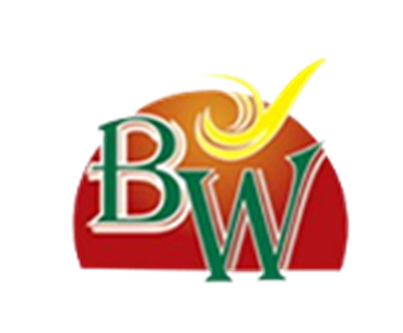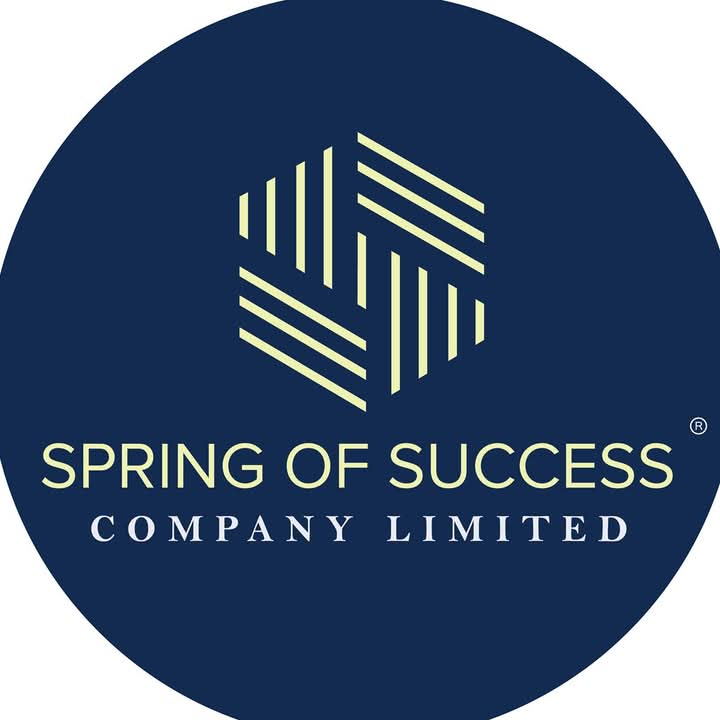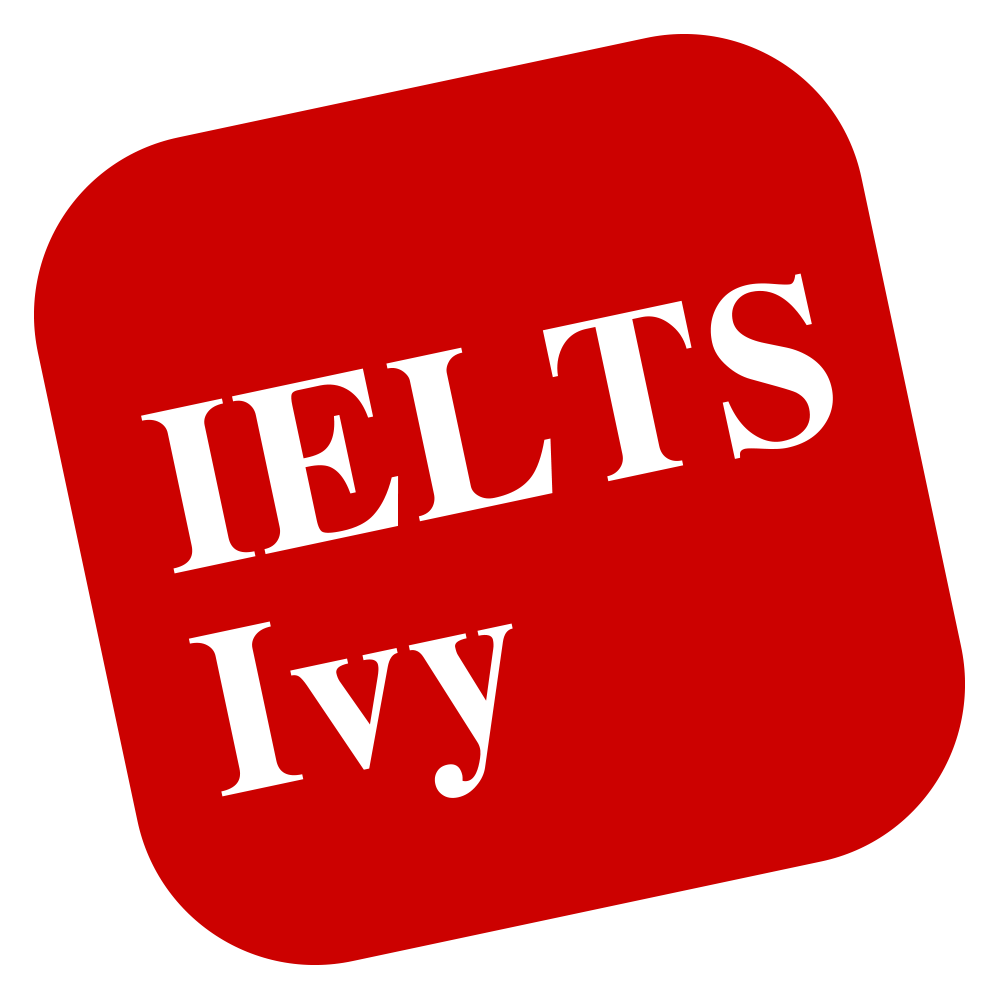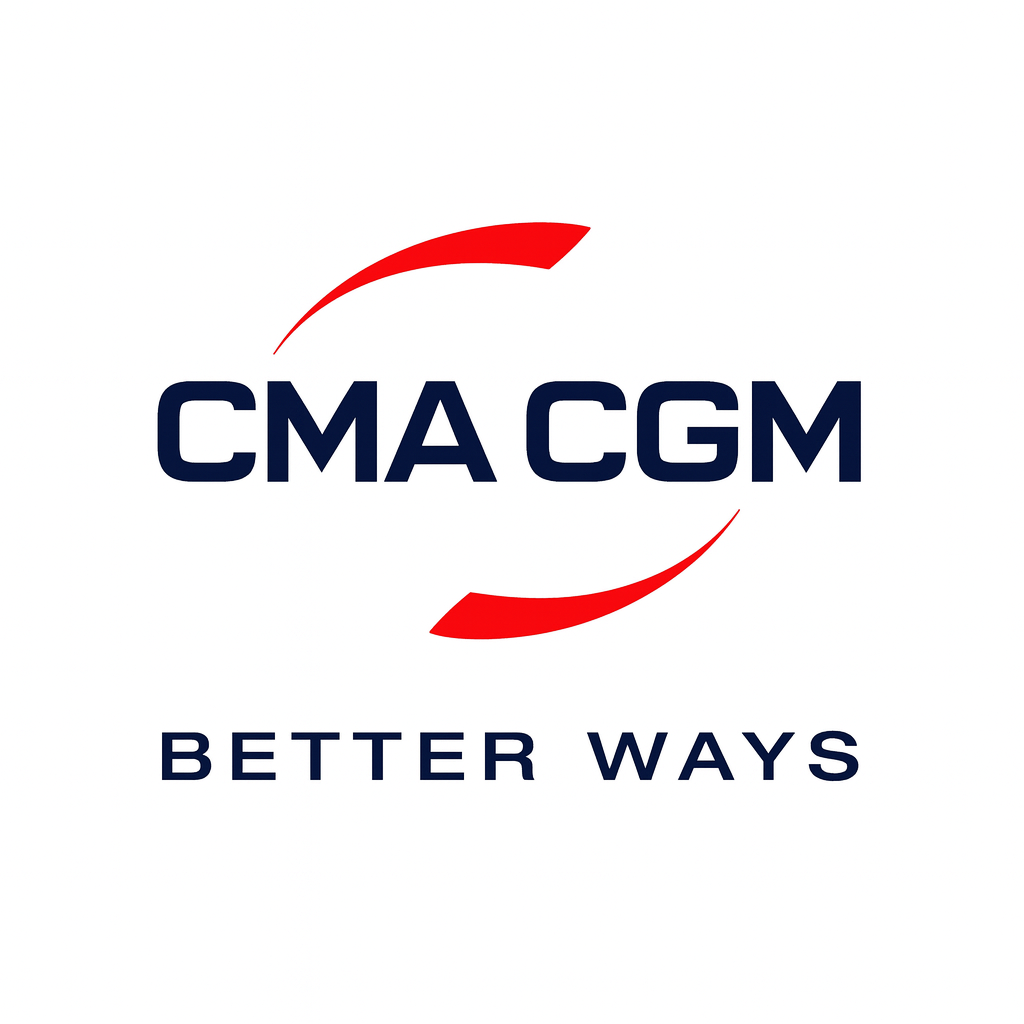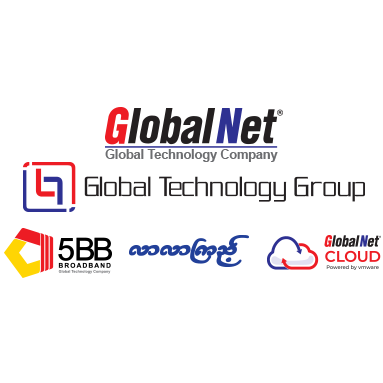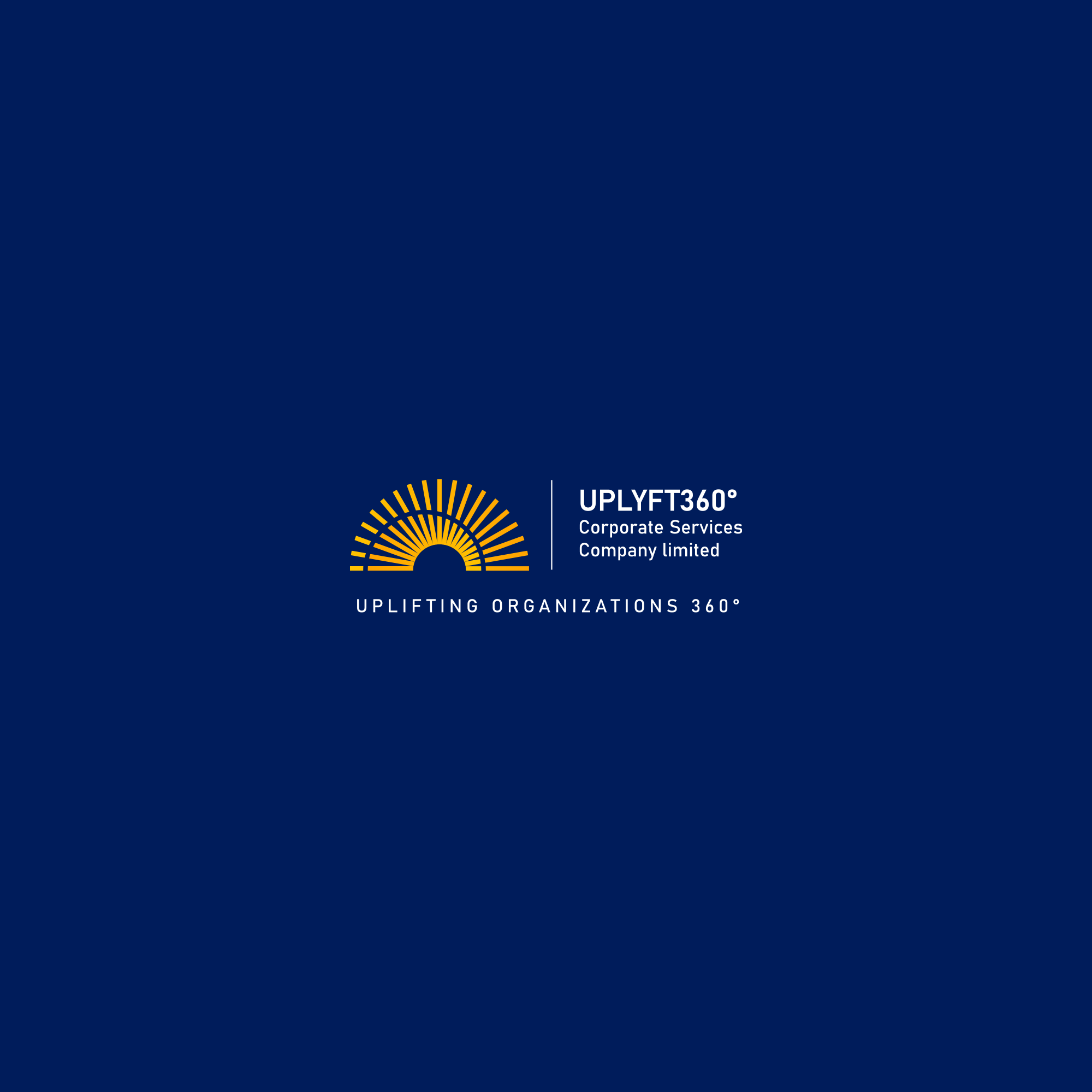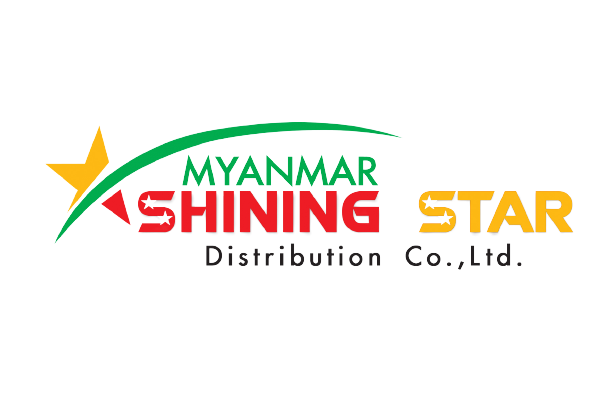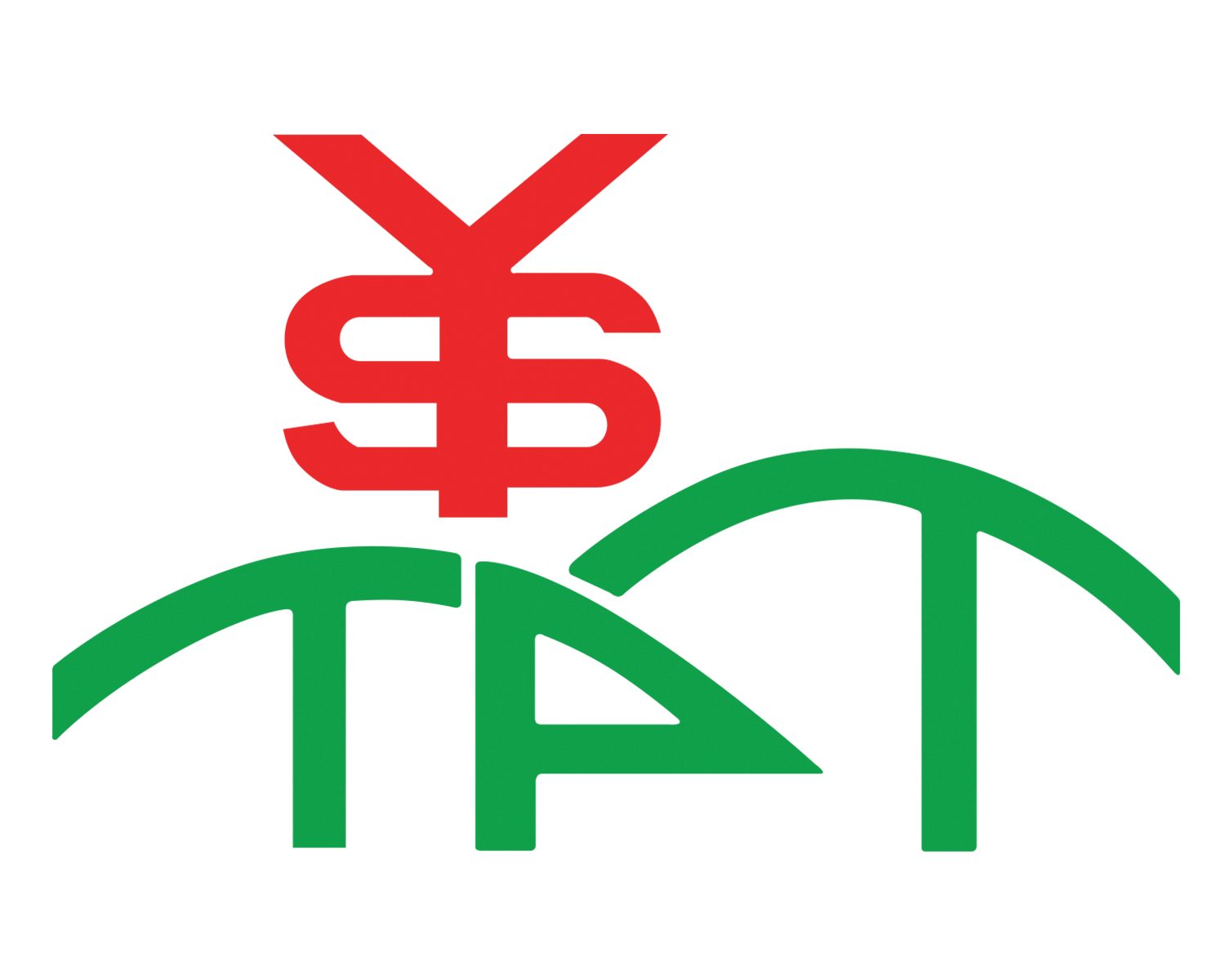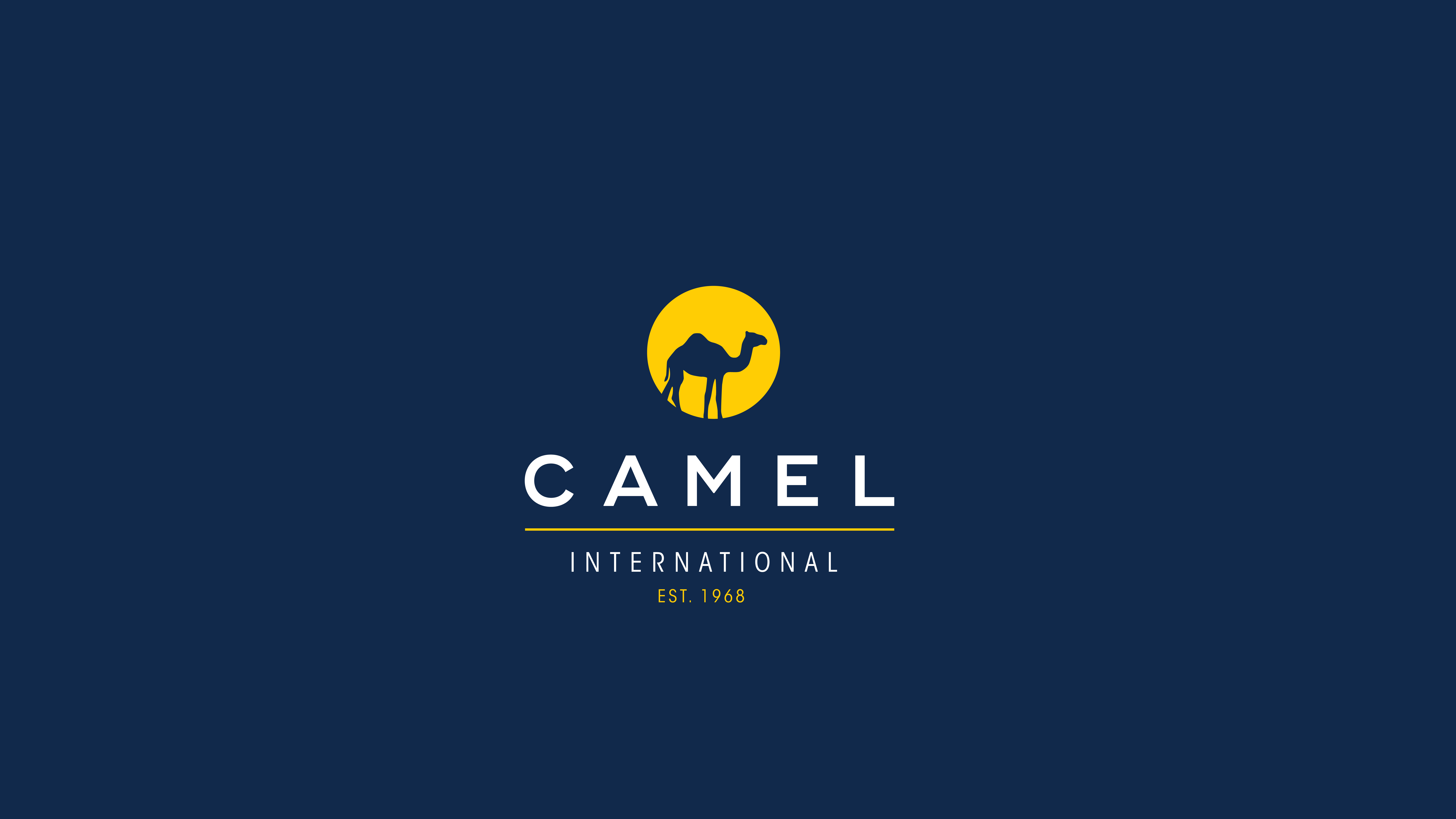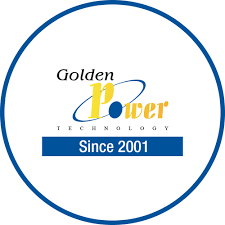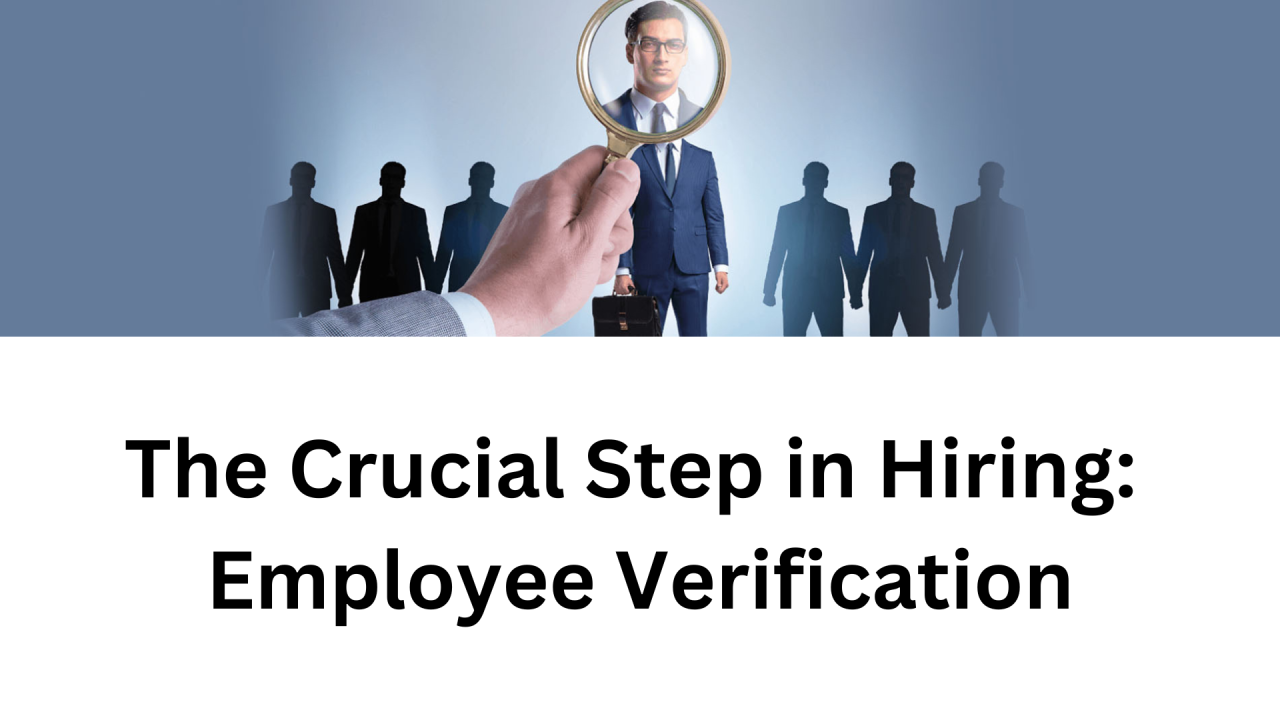🧭 How to Prepare the Best CV and Apply for a Job with a Winning Cover Letter
By Global Work Suite | www.g-worksuite.com
🌟 Introduction
Your CV (Curriculum Vitae) is your professional identity on paper — it tells your story, showcases your strengths, and convinces employers that you’re worth meeting in person. Yet, most candidates lose opportunities not because they lack talent, but because their CV fails to communicate value effectively.
In today’s competitive job landscape, where hundreds of applicants compete for a single role, crafting a professional CV and a personalized cover letter isn’t optional — it’s essential.
Let’s explore how you can create a CV that captures attention and a cover letter that seals the deal!
🧩 1. Understanding the Purpose of a CV
A CV is not just a list of your qualifications — it’s a marketing document designed to sell your skills, experience, and potential.
Your CV should:
✅ Highlight your career journey clearly and logically.
✅ Showcase achievements that demonstrate your impact.
✅ Reflect your professional personality — neat, confident, and goal-oriented.
✅ Match the keywords and skills listed in the job description.
Remember: Employers spend only 6–8 seconds scanning each CV initially — so clarity, structure, and relevance are key.
🧱 2. The Ideal CV Structure (Step-by-Step)
A great CV follows a simple yet powerful structure. Below is a section-by-section guide with examples.
🧍♂️ 1. Personal Information
Include:
Full Name
Phone Number
Email (use a professional one like john.doe@gmail.com)
LinkedIn Profile or Portfolio Link
Current City or Location
🚫 Avoid: National ID numbers, religion, marital status, or photos unless specifically requested.
🎯 2. Career Objective or Professional Summary
A short paragraph (3–4 lines) that defines who you are, what you bring, and what you aim for.
Example:
“Dedicated Marketing Professional with over 5 years of experience in brand strategy, digital campaigns, and client engagement. Passionate about driving growth through creativity, analytics, and meaningful storytelling.”
💡 Tip: Focus on value to the employer, not just personal ambitions.
💪 3. Key Skills and Strengths
List 8–10 core skills relevant to the job you are applying for. Categorize them as Technical Skills and Soft Skills if possible.
Example:
Technical Skills: MS Office, CRM Software, Project Management, ISO Documentation, Digital Marketing
Soft Skills: Leadership, Teamwork, Communication, Adaptability, Problem Solving
🧠 Use keywords from the job posting — it helps your CV pass through Applicant Tracking Systems (ATS).
🏢 4. Work Experience
This is the heart of your CV. Mention your experience in reverse chronological order (latest first).
Format Example:
Sales Executive | ABC Trading Co., Yangon | June 2021 – Present
Managed corporate sales portfolio of over 60 clients.
Achieved 120% of annual targets for two consecutive years.
Trained 5 junior sales officers on presentation and negotiation skills.
💡 Use action verbs such as developed, managed, implemented, achieved, improved, led, organized.
Quantify your achievements — numbers speak louder than words.
🎓 5. Education
Include your degree, institution, and graduation year.
Example:
Bachelor of Business Administration (BBA)
Yangon University of Economics, 2018
If you have multiple qualifications, list the most recent or relevant ones first.
🏅 6. Certifications & Training
Include any professional or technical certifications that strengthen your profile:
ISO 9001:2015 Internal Auditor Training – UPLYFT360°
Digital Marketing Course – Google
Workplace Safety Training – NEBOSH
💬 7. Languages
List languages you can speak, read, or write, and your proficiency level (Basic / Intermediate / Fluent).
Example:
English – Fluent
Myanmar – Native
Hindi – Intermediate
📞 8. References (Optional)
You may include references or simply write:
“References available upon request.”
💌 3. Writing an Impressive Cover Letter
A Cover Letter is your personal introduction — it gives context to your CV and tells the recruiter why you want this job and why they should want you.
Keep it short (3–4 paragraphs, maximum one page).
✉️ Example Template
Subject: Application for [Position Name] – [Your Name]
Dear [Hiring Manager’s Name],
I am excited to apply for the position of [Job Title] at [Company Name], as advertised on [Job Portal or Website]. With my background in [your field], and proven skills in [specific skill or achievement], I believe I can make a strong contribution to your team.
In my previous role at [Company Name], I successfully [mention a measurable achievement that aligns with the new job]. I am particularly drawn to [Company Name] because of your focus on [mention company value, industry, or mission].
I would welcome the opportunity to discuss how my experience aligns with your organization’s goals. Thank you for considering my application.
Sincerely,
[Your Full Name]
[Email] | [Phone] | [LinkedIn]
💡 Cover Letter Tips:
✅ Tailor your letter for each job — never send a generic one.
✅ Address the hiring manager by name whenever possible.
✅ Mention why you want the job and what value you bring.
✅ Keep the tone confident but humble.
✅ Proofread before sending — grammar and formatting matter!
🌐 4. How to Apply for a Job Professionally
Once your CV and cover letter are ready:
Use Verified Platforms: Apply through trusted portals like www.g-worksuite.com to avoid scams and ensure real opportunities.
Email Smartly: Attach your CV (in PDF), include your cover letter in the email body or as an attachment, and use a clear subject line like:
“Application for Sales Manager – John Doe”
File Naming: Name your files professionally (e.g., John-Doe-CV.pdf, John-Doe-CoverLetter.pdf).
Follow-Up: Wait at least one week, then send a polite follow-up email expressing continued interest.
🧠 5. Common CV Mistakes to Avoid
🚫 Typos or grammatical errors
🚫 Using casual email IDs (e.g., coolboy123@gmail.com)
🚫 Lengthy paragraphs — recruiters prefer bullet points
🚫 Listing duties instead of achievements
🚫 Missing keywords from the job description
Remember: a CV should be clean, concise, and results-oriented.
🌟 Final Thoughts
A well-prepared CV and personalized cover letter don’t just open doors — they open opportunities.
Your CV shows what you’ve achieved, and your Cover Letter shows why you did it and where you want to go next. Together, they tell your professional story.
At Global Work Suite, we believe every candidate deserves to shine. Whether you’re starting your career or aiming higher, our platform helps you create, refine, and apply with confidence.
Start today at 🌐 www.g-worksuite.com
© 2025 Global Work Suite.
All Rights Reserved.
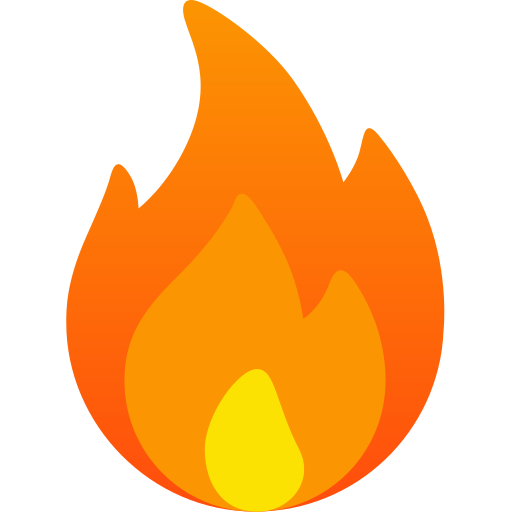 Latest Jobs
Latest Jobs Featured Jobs
Featured Jobs

